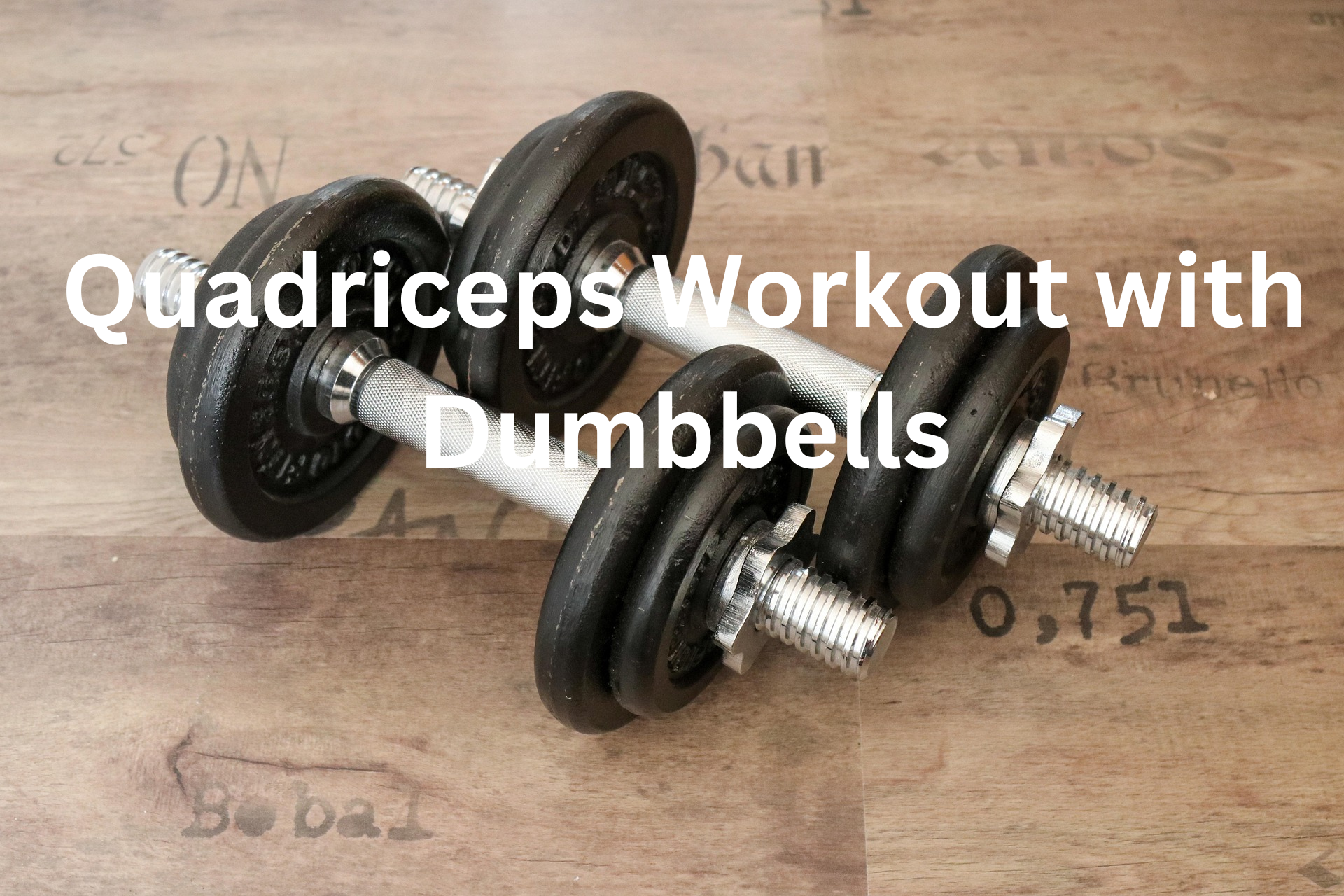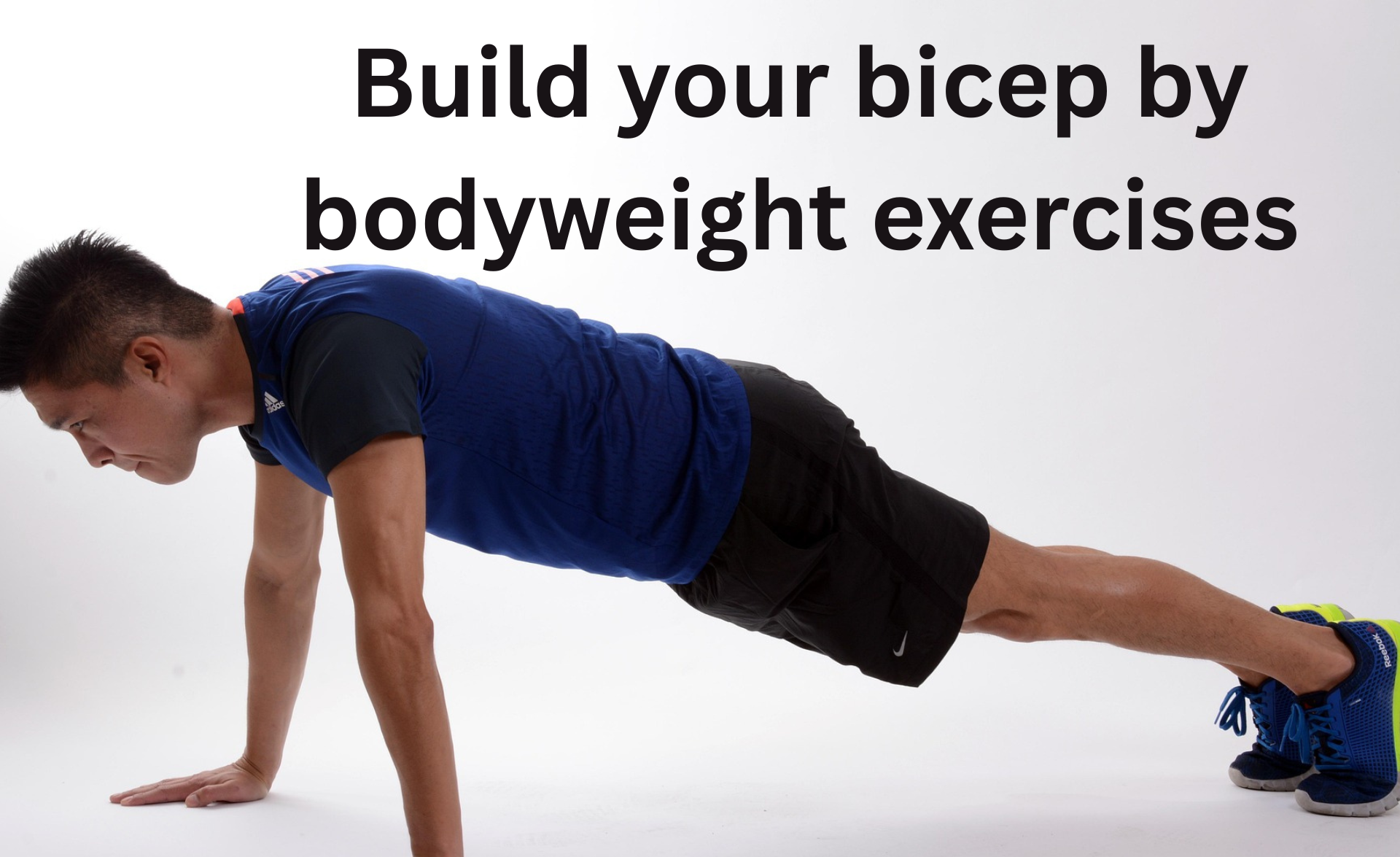If you’re aiming to level up your bodyweight training, mastering the one arm push-up is a badge of honor. It’s a high-level calisthenics movement that showcases strength, balance, stability, and muscular control. But don’t worry — you don’t need to be a superhero to get there. With the right one arm push up progression plan, consistency, and smart training, this advanced move is well within reach.
In this detailed guide, we’ll break down the one arm push up progression from beginner to advanced, offering you step-by-step exercises, tips, and common mistakes to avoid. Whether you’re training at home or in the gym, this article will serve as your complete roadmap to one-arm push-up mastery.

Why Train for One Arm Push-Ups?
Before jumping into the progression, let’s understand why the one-arm push-up is so powerful:
- Builds unilateral strength (each arm trains independently)
- Enhances core engagement and anti-rotational stability
- Improves balance and coordination
- Requires zero equipment, making it perfect for home workouts
- Boosts overall push-up and calisthenics performance
Prerequisites: Can You Do a One Arm Push-Up?
Let’s be real — you shouldn’t attempt a one arm push-up if you haven’t yet mastered these basic movements:
- 20–30 regular push-ups with perfect form
- 10 diamond push-ups
- 10 pseudo-planche push-ups
- Strong core (plank hold for at least 1 min)
- No joint pain or prior injuries in the shoulder or wrist
One Arm Push-Up Progression: Detailed Exercise Breakdown
1. Wall Push-Ups
Level: Absolute Beginner
Purpose:
Build foundational strength and balance using one arm with minimal resistance.
How to Perform:
- Stand about 2–3 feet away from a wall.
- Place one hand flat on the wall, directly in front of your shoulder.
- Keep the other hand behind your back or resting on your hip.
- Slowly bend the working arm, bringing your chest toward the wall.
- Push back to the starting position while keeping your body straight.
Pro Tips:
- Keep your core tight and your body straight like a plank.
- Don’t let your hips sag or twist.
- Move slowly to improve control.
Volume:
3–4 sets of 15–20 reps per arm
Rest 30–60 seconds between sets
Progression:
Start closer to the wall and move further away as you gain strength.
2. Incline One Arm Push-Ups
Level: Beginner to Intermediate
Purpose:
Reduce bodyweight resistance by using elevation, preparing the muscles for floor-level work.
How to Perform:
- Use a stable surface like a table, chair, or bar (waist-height to start).
- Place your working hand on the surface, palm under the shoulder.
- Keep your feet shoulder-width apart and engage your core.
- Lower your chest to the surface slowly, then push back up.
- Switch arms after each set.
Pro Tips:
- Start at higher inclines (e.g., kitchen counter) and work your way down.
- Don’t flare your elbow; keep it at about a 45° angle from your body.
- Use your non-working arm lightly for balance if needed early on.
Volume:
3–4 sets of 8–12 reps per side
60–90 seconds rest between sets
Progression:
Lower the incline over time (from table ➜ bench ➜ step ➜ floor).
3. Archer Push-Ups
Level: Intermediate
Purpose:
Shift more bodyweight to one arm while maintaining some support with the other.
How to Perform:
- Start in a wide push-up position.
- As you lower down, shift most of your weight to one arm (bent), keeping the other arm extended out to the side.
- Push back up and return to the center.
- Repeat on the other side.
Pro Tips:
- Keep the extended arm straight and active (don’t let it collapse).
- Move slowly to control the weight shift and avoid joint strain.
Volume:
3–5 sets of 5–8 reps per arm
Rest 90 seconds between sets
Progression Variations:
- Add a pause at the bottom to increase time under tension.
- Perform reps on rings for added instability (advanced).
4. Assisted One Arm Push-Ups (Bands or Support)
Level: Intermediate to Advanced
Purpose:
Reduce load on the working arm while maintaining form and movement pattern.
How to Perform:
- Get into a push-up position with feet wide.
- Place one hand flat on the floor (working arm).
- Lightly rest the non-working hand on a raised surface (parallettes, books, ball, or resistance band hung from above).
- Lower into a push-up, using the assisting hand only as needed.
- Push back up through the working arm.
Pro Tips:
- The more upright the support hand, the harder the movement.
- Avoid leaning into the assisting arm.
Volume:
3–4 sets of 5–10 controlled reps
60–90 seconds rest
Progression:
Decrease support height or use weaker bands over time until the assisting arm is barely involved.
5. Negative One Arm Push-Ups
Level: Advanced
Purpose:
Focus on eccentric strength — the lowering phase — to prepare for full push-ups.
How to Perform:
- Begin in the top position of a one arm push-up (feet wide).
- Slowly lower your chest to the ground in 4–6 seconds.
- Drop to both knees or roll out to reset.
- Repeat for the other arm.
Pro Tips:
- Quality over quantity — perfect slow lowering is more valuable than rushed reps.
- Control rotation in the hips by bracing your abs and glutes.
Volume:
3–5 sets of 3–5 slow reps per side
Rest 90–120 seconds between sets
Progression:
Add a 1-second pause halfway down to build even more strength.
6. Full One Arm Push-Ups
Level: Mastery
Purpose:
This is the final goal. Execute with precision, control, and minimal body rotation.
How to Perform:
- Start in a push-up position with feet wider than shoulder-width.
- Place your working hand directly beneath your chest or slightly offset.
- Engage your entire body — abs, glutes, quads — to form a rigid plank.
- Lower down slowly while keeping hips and chest aligned.
- Press back up through the working arm.
Pro Tips:
- Keep your entire body tight. If your form breaks, regress to negatives or assisted versions.
- Use a mirror or film yourself to check for form faults.
Volume:
3–5 sets of 1–5 reps per side
Rest 2–3 minutes between heavy sets
Challenge:
Try for “feet-together” one arm push-ups once you can do 10+ with feet wide.
Optional Add-ons: Push-Up Variations to Enhance Strength
To build up pushing power and endurance, include the following into your weekly routine:
Close-Grip Push-Ups
Emphasize triceps and inner chest. Great for lockout strength.
Pseudo Planche Push-Ups
Lean forward while performing push-ups to simulate planche pressure.
Shoulder-Tap Push-Ups
Add a tap to each shoulder at the top to improve anti-rotation control.
Typewriter Push-Ups
Move side to side at the bottom of a wide push-up for added time under tension.
Weekly Sample Routine for Progression
| Day | Focus |
|---|---|
| Monday | Incline + Archer Push-Ups (Volume Day) |
| Wednesday | Assisted One Arm Push-Ups + Core Training |
| Friday | Negatives + Full One Arm Push-Ups (Low Rep Strength) |
Optional Add-ons (2x/week):
- Scapular push-ups (3×15)
- Planks (3×45 sec)
- Resistance band face pulls for shoulder health
Read More About Push ups
Why Do My Elbows Pop During Push-Ups?
How Many Calories Does 100 Push-Ups Burn?



